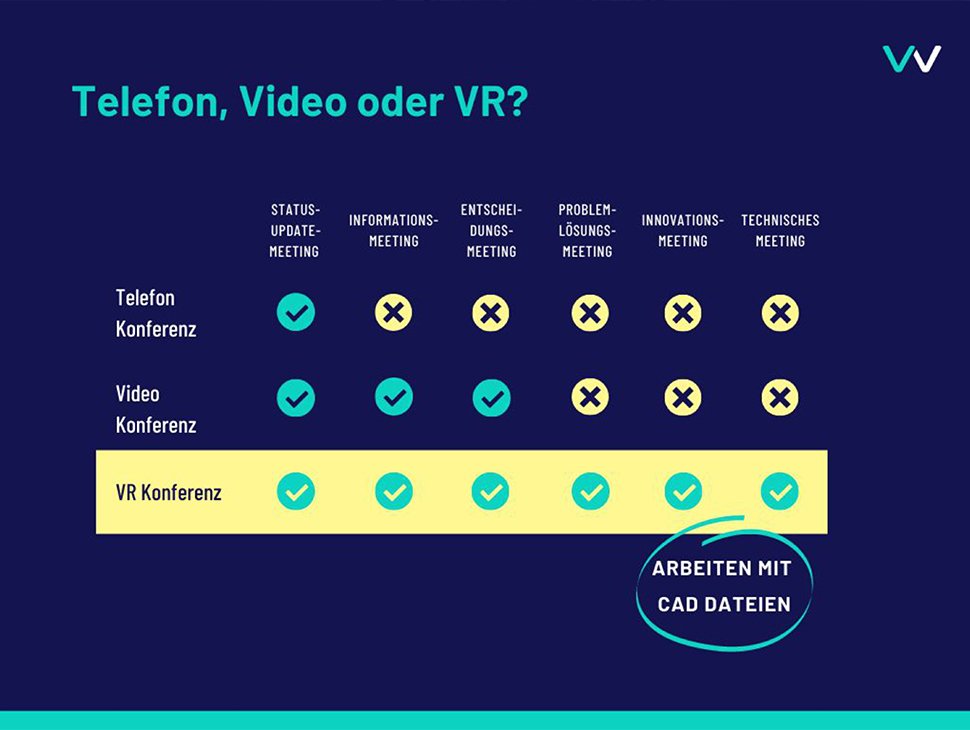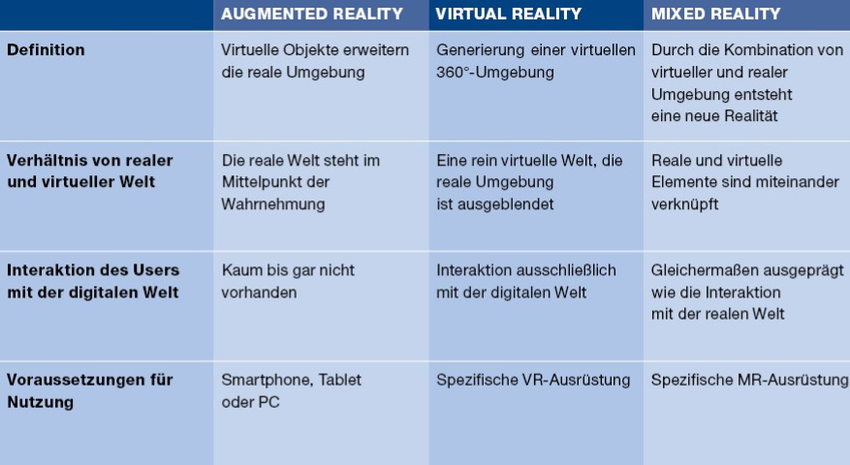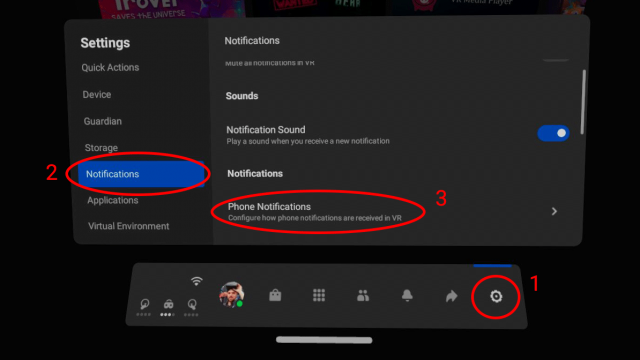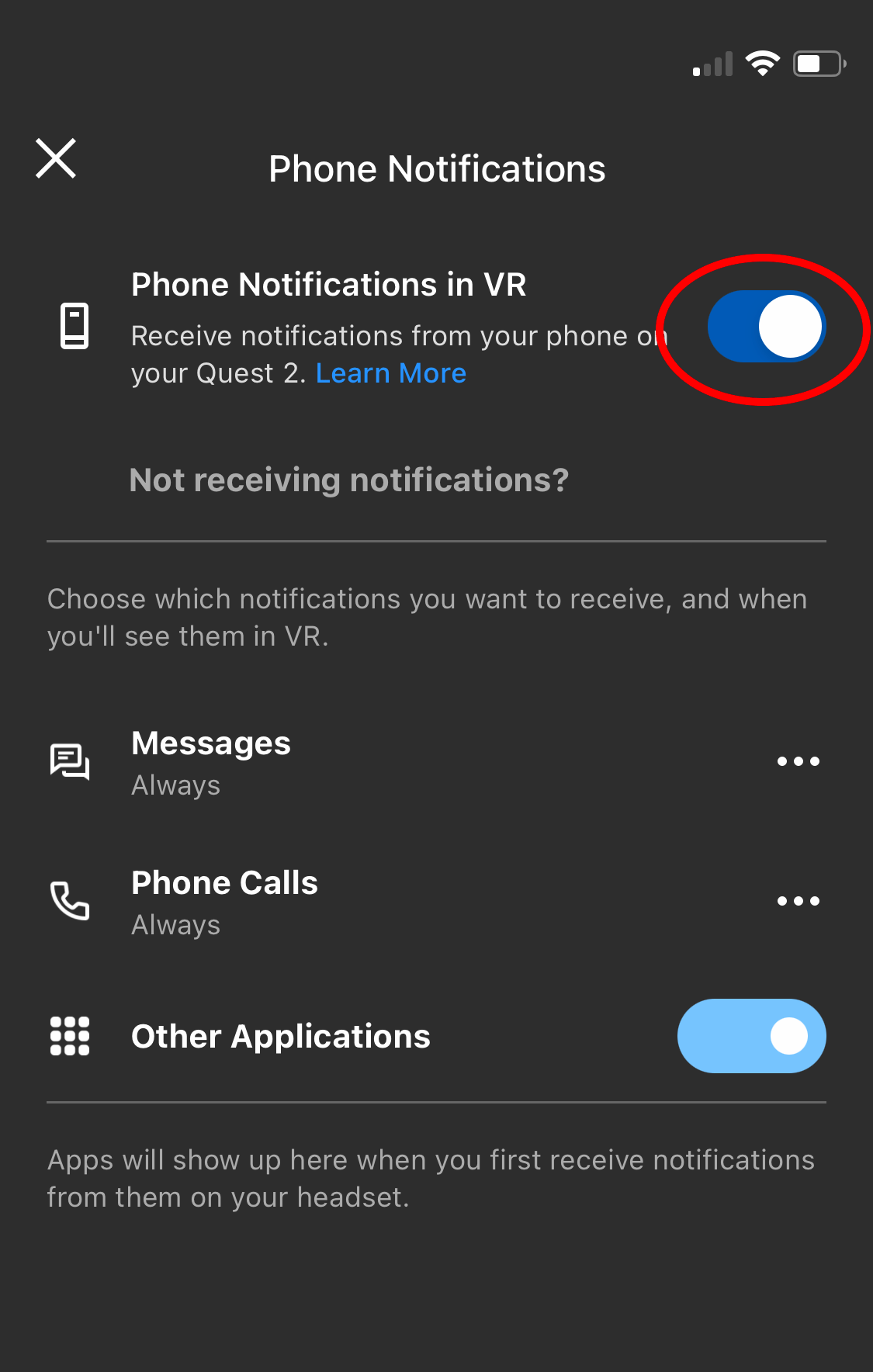Immersive collaborative environments represent enormous potential to overcome some of the challenges faced by increasingly distributed teams. By immersive collaborative environments, we do not simply mean your organization’s shared drive, or chat tool, or video conferencing; we mean a spatial representation of a place where people can gather; a shared social environment with interactive objects. Some businesses call these virtual campuses or the virtual office, or your workforce may be more familiar with their characteristics through their experience with online gaming environments. These are non-physical places where people can gather to have a shared experience.
The challenges of adjusting to a more distributed working future are clear:
- Breaking down silos: research by Microsoft shows that during the pandemic, organizations became increasingly fragmented. Collaborative encounters shrank to fewer, tighter units of people rather than a broader spectrum of information-sharing across an entire organization.
- Equal opportunity for successes: in a hybrid working world, there is a measurable risk to workers who spend more time at home. Workers who are primarily home-based get passed over for promotions, are paid lower in general and less likely to receive bonuses, and are overlooked for training opportunities.
- Richer information density for collaborative encounters: DXC’s prior research on collaboration, plus a large body of literature on the subject, tells us that words are only a very small part of collaborative encounters. Paralinguistics (body language, gestures, vocal tone and pitch) and proxemics (the social meaning of physical space) play a huge role in how people communicate. These factors are still at play in increasingly digitally-mediated working environments. The current generation of primarily text-based and video-focused collaborative tools barely acknowledge these factors, let alone provide digital ways for workers to use them for enhanced real-time collaborative ability.
Realize benefits for information workers
The benefits of immersive technologies for specific industrial use-cases – such as modelling novel materials in a design process, creating two-way information flows for complex systems (e.g., digital twins) and modelling dangerous or rare situations for training employees – are well known across a range of sectors including scientific research, defense and manufacturing.
For teams wanting to enable closer collaboration between frontline workers and information workers, or simply for information-focused teams willing to experiment in a forward-looking way, immersive collaborative spaces do offer benefits.
But for information workers, these benefits remain largely unrealized. Despite much hype among technologists about the metaverse (a near-future vision of converging digital and physical worlds), the day-to-day benefits of immersive technologies (like collaboration collisions when employees have chance encounters and unplanned activities, gestural communication, the ability to overhear and interject in a group setting, etc.) do not seem to be coming to an office near you any time soon. Even the past year and more of disruption to face-to-face collaboration does not seem to have advanced this field at the same pace as some other reported accelerations of digitization. Many businesses are still just getting to grips with industry-standard video and chat collaboration suites, let alone building a virtual office to replicate the dynamics of the physical HQ – and a long way from exploring what they could do with virtual environments that could never be achieved in the office.
However, for teams wanting to enable closer collaboration between frontline workers and information workers, or simply for information-focused teams willing to experiment in a forward-looking way, immersive collaborative spaces do offer benefits. These benefits are not a blanket vision of the future of work but instead represent an opportunity for organizations to reflect on the type of collaborative environment they want to create. Some organizations may wish to embrace a more autonomous, asynchronous way of working, while others may want to double-down on the benefits of the office while maintaining the benefits of a more distributed workforce (a more global access to talent, less overhead of maintaining a physical space, etc.) It’s for this latter group, which wants to collaborate synchronously but in a distributed way, that virtual office environments offer something unique.
Learn from online gaming
As well as the world-building itself, we believe organizations can learn a great deal from the immersive experiences found within online gaming to teach teams to collaborate more effectively. Specifically, we believe there to be benefits in three major areas:
- Team game play/strategy: building situational awareness through a shared environment, learning to communicate and practicing collaboration in scenarios that are low risk for their real-life businesses (though of course online gaming markets are themselves big business).
- Team development: reinforcing learning and practicing procedural learning in situations that are rare or dangerous in real life, scenario planning and opportunity to re-run experiments at low cost, and building trust through collaborative activity.
- Team building: developing non-monetary incentive models for motivation, developing mechanisms for accountability and responsibility, learning and personal growth.
We began researching this area to describe increasingly virtualized and immersive working environments, not just for location-based workers but also for their information-based counterparts. But we’ve ended up with a range of insights on the polarization of distributed working vs. doubling down on the in-person office, or finding a collaborative structure somewhere in between. The insights in DXC’s research paper, Braving New Worlds: Virtual Spaces for Enterprise Collaboration, can help your organization make the right choices for your specific needs.
Quelle:







